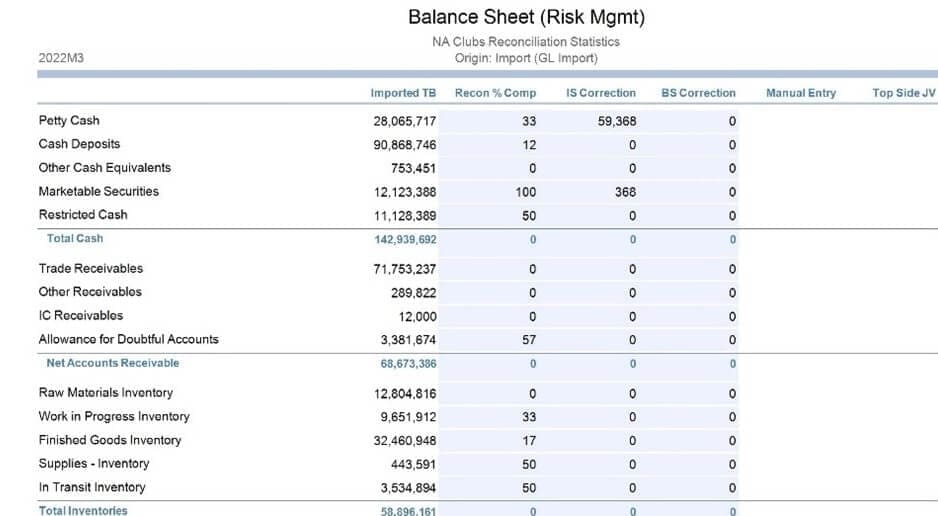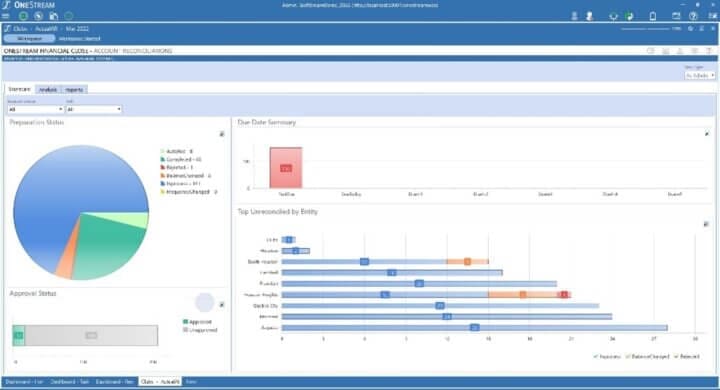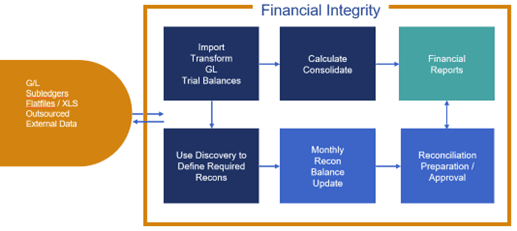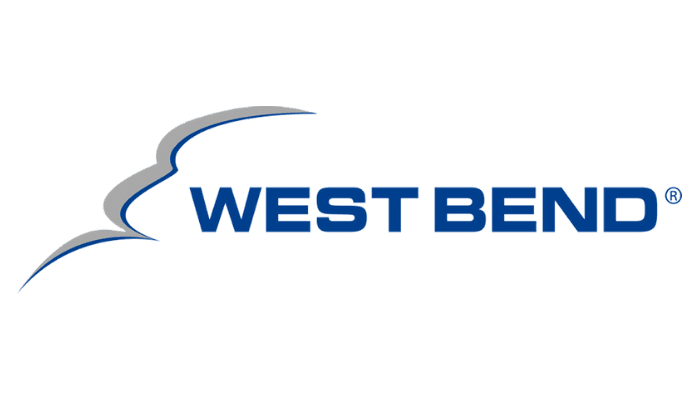In the typical financial period, account reconciliations are performed after the close. Accountants first review each account in the financial statements and then verify the accuracy of each balance listed. This process often involves comparing the financial statement balance to another source of information – for example, comparing the balance for the Cash account to an external bank statement. Other examples of critical accounts requiring reconciliation include Accounts Payable (compared to the AP sub-ledger) or Accounts receivable (compared to the AR sub-ledger).
Account reconciliations are primarily performed to ensure consistency and accuracy in financial reporting. And for publicly held companies that need to report financial results to external stakeholders, account reconciliations are a key internal control, one where detailed audit trails need to be available to back up all account balances.
What Happens When Account Reconciliations Aren’t Aligned?
For many organisations, the account reconciliations process not only involves manual, time-consuming work but also causes significant delays in the financial close process. Why? Well, most medium- to large-sized global companies must reconcile hundreds to thousands of accounts during the quarter-end or month-end close across the parent company and various subsidiaries. Something else also relates to this process: the need to reconcile data between multiple software applications used to run the business. The more systems, the more reconciliations required.
Leading Finance departments are attempting to eliminate the risks of manual processes. Those risks can include missing or lost reconciliations, unreconciled accounts, improper use of roll-forwards, and insufficient justification or documentation — and eliminating them helps protect organisations against costly mistakes. Many organisations have therefore adopted standalone account reconciliations software applications to deal with these issues.
However, that solution is not always the right answer. Why? With standalone account reconciliations applications, a ‘data integrity gap’ (see Figure 1) exists between the account reconciliations and the financial statements. When accounts are reconciled in a system separate from the financial reporting process, out-of-sync data easily occurs, causing delays in the close process and issues with data integrity.

Figure 1: Standalone Account Reconciliation Applications
Why Align Account Reconciliations with Financial Reporting?
Aligning account reconciliations and financial reporting ultimately improves the integrity of financial results and gives Finance and stakeholders increased confidence. But even beyond those benefits, significant time and cost benefits can be realized. Increased levels of visibility and control can also be gained.
Not yet convinced of the benefits? Here are 5 key reasons to align account reconciliations with financial reporting:
- Eliminate duplicate data loads: Collapsing multiple feeds of source data into one single direct connection and then re-purposing the data for multiple processes eliminates duplicate data loads. Finance teams can load GL trial balances once into a single system for financial consolidations, reporting and account reconciliations – the data will then always be synchronised, and the close process will be faster and more efficient. Users get an immediate reconciliation status check alert if a previously reconciled balance has changed due to an updated trial balance import.
- Save time – begin recs before the close completes: Users can begin account reconciliations as soon as trial balances are submitted – no more waiting for the corporate close to complete. The data collection should be facilitated with workflows guiding users through their tasks. Typically, users can upload trial balances on their own vs. sending them to corporate, which speeds the process and ensures better data quality.
- Deliver risk management reporting on the balance sheet: Users should have access to an immediate view (see Figure 2) of the status of all high-risk reconciliations as they relate to the financial reports. As a result, users can easily understand the quality score of financial reports, gain increased confidence in their results and achieve true risk management.

- Benefit from real-time alerts – financial signaling: Automated alerts for changes to reconciled account balance statuses (see Figure 3) ensure confidence that reports are always aligned with reconciliations. With weekly or daily insights into the trends and signals inherent in reconciliations, users can immediately take action to proactively impact the results and limit any delays or errors.

- Gain line of sight – drill from reports to reconciliations: The ability to drill and audit from reports to supporting details provides a single ‘data value chain’. Organisations can seamlessly move through the reconciliation and attestation processes, to management reporting, and finally to consolidation and financial reporting – all with a single line of sight back to transactions. Importantly, users must be able to drill from the balance sheet directly to the details of the account reconciliations.
OneStream Truly Aligns Account Reconciliations with Financial Reporting
The key to more effective account reconciliations lies in not only automating the process but also fully unifying it with the financial close and reporting. If GL trial balances are loaded into a single system for financial consolidation, reporting, and account reconciliations, then the data will always be synchronised. The close process will also be faster and more efficient. Importantly, one single trial balance load can, in parallel, feed all reporting processes – including account reconciliations – from the same source. That ability reduces the risk of differences and speeds the close.
If the process is fully automated and unified, then the benefits of leveraging the same trial balances across the close and compliance processes become very clear. How? Well, data often changes constantly in the close process due to eliminations and other adjustments. Such updates, in an automated system, continue to get reflected across processes without having to physically move data between separate connected Finance solutions. And that automation eliminates the data integrity gap (see Figure 4).

OneStream is the ONLY solution that can provide a link from reported balances to reconciled accounts. Users can instantly drill to reconciliation from financial reports in one unified system. This capability provides 100% visibility from reports to data sources – meaning all financial and operational data is clearly visible and easily accessible.
Delivering 100% Customer Success
The capability to unify financial close processes in parallel and without complexity gives OneStream the ability to replace multiple legacy or connected Finance applications and spreadsheets. And it’s a big opportunity for organisations to drive total cost-of-ownership savings and generate return from the investment in OneStream.
Below are a few examples of customers we have worked with and the benefits they’ve achieved with OneStream.

TerraForm Power decided to take a new “cloud first” approach to their software implementation strategy. Their system landscape included multiple legacy applications which were cumbersome and created challenges for TerraForm Power’s finance and IT teams. There was also a heavy reliance on Excel®, which lacked audit trails and posed risks for the company.
After implementing OneStream, the realisation of benefits has been significant. Having standardised reporting has helped TerraForm Power to close the books quicker and more accurately while getting through audits more reliably. Interactions across the team are improved with a single version of the truth. By bringing account reconciliations into OneStream the number of accounts has reduced from 700 to 150. As a replacement to Blackline, TerraForm Power is now saving roughly $100K per year on licensing.

West Bend Mutual Insurance (WBMI) previously used Microsoft Excel® spreadsheets as a data collection and reporting tool for their month-end close process. Allocations were performed in a different software tool that had size processing constraints. Inconsistencies in data collection via Excel® spreadsheets created a labour-intensive and error-prone close process. Further, the transparency by operations to financial detail was limited.
WBMI has experienced many benefits from implementing the unified OneStream™ solution. The largest benefit comes in the form of a consistent, stable allocation process eliminating the tedious time it took to do reconciliations. The combined time savings for these activities totals more than two days per month. The two days’ savings were the result of reduced time waiting for data loads and refreshing reports throughout the month.
Like TerraForm Power and WBMI, your organisation can also achieve a new level of risk, conquer complexity and improve the integrity of financial results by aligning account reconciliations with financial reporting. How? Replace your spreadsheets or standalone accounts reconciliation software solutions with a unified CPM software platform.
Learn More
Want to learn more about how organisations are successfully adopting modern, cloud-based solutions for financial close, consolidation, and reporting? Click here to access OneStream’s ‘Conquering Complexity in the Financial Close’ whitepaper.
Get Started With a Personal Demo



